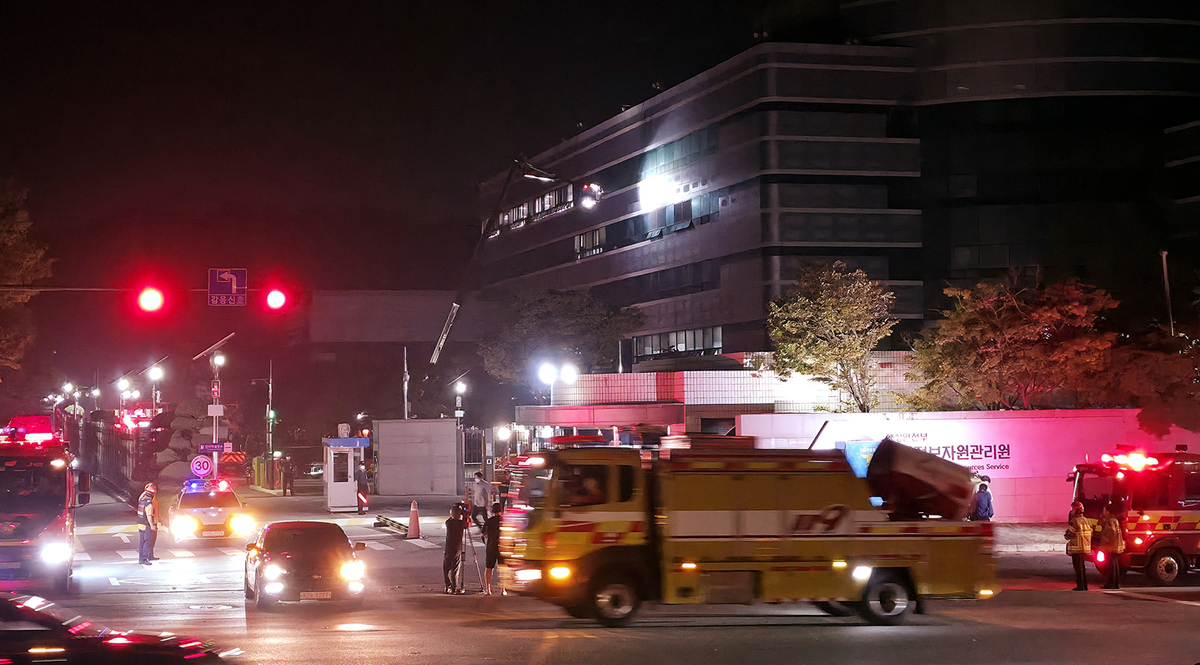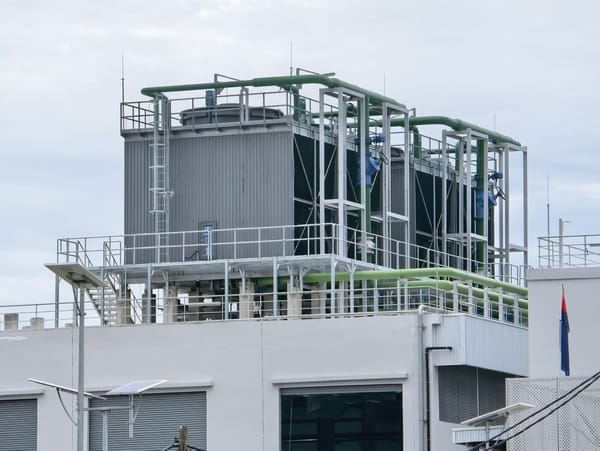Fire at South Korean government data centre takes hundreds of services offline
Old data centre design, lithium-ion battery turns battery fire into a national crisis.

A fire in a single data centre in South Korea disrupted hundreds of government services and prompted a public apology from the country's Prime Minister.
On the surface, it was a straightforward lithium-ion battery fire. But the official account didn't quite add up, especially when you consider South Korea's stringent new fire safety laws. So I started digging.
A fire on the fifth floor
According to multiple news reports, the blaze started around 8:15 pm on a Friday evening during maintenance work. The location was the fifth floor of the National Information Resources Service (NIRS) building in Daejeon, a dedicated data centre for government services.
The immediate impact was severe. Heat from the fire, which destroyed nearly 200 battery packs, soared to 160°C, forcing a shutdown of IT systems. In total, 647 government systems were affected.
The fire was complex to handle, requiring over 200 firefighters and necessitating the use of CO2 instead of water. Even after being "brought under control" on Saturday morning, some reports suggest it reignited later that day.
A puzzle of old and new
South Korea introduced stringent new fire safety requirements in 2024, with a heavy regulatory focus on lithium battery installations. However, the NIRS data centre itself is old, completed around 2007. While it has received upgrades over the years, its core design predates modern standards for housing lithium-ion batteries.
The batteries that caught fire were also old, with conflicting reports dating their installation between 2010 and 2016. Ironically, the maintenance work that triggered the fire was reportedly an effort to relocate these battery packs to the basement for increased safety.
Here's what probably happened
Piecing it all together, a clear picture emerges. The nearly two-decade-old NIRS building was not designed with standalone, fire-rated battery rooms. In a design typical of that era, the original lead-acid (VRLA) batteries were likely installed at the bottom of each server rack and were later upgraded to higher-density lithium-ion packs in the same location.
This proximity of volatile batteries to critical servers explains everything. It's why water couldn't be used freely, and why firefighters had to perform the intricate, hazardous task of manually disconnecting and removing damaged battery packs in an environment filled with extreme heat and oxygen-displacing CO2.
For now, there's no word yet about when government services can be brought back online.




